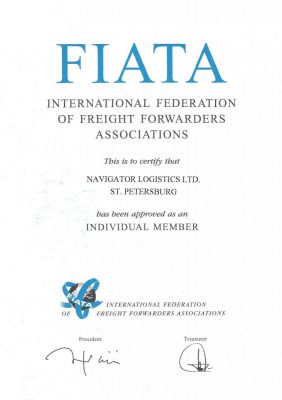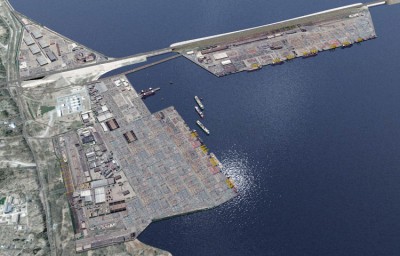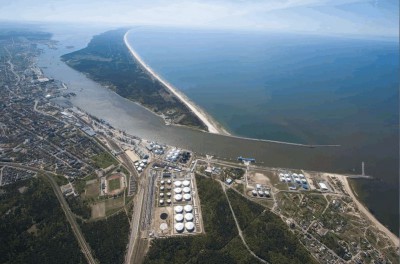In the reported period, Russian Railways loaded 80.3 mln t of coal (+4%, y-o-y); 2.8 mln t of coke (-2.8%); 65.9 mln t of crude and oil products (-0.5%); 26.6 mln t of iron and manganese ore (+0.7%); 18.7 mln t of ferrous metal (+7%); 3 mln t of ferrous metal scrap (+11.6%); 12.9 mln t of chemical and mineral fertilizers (-1%); 5.3 mln t of cement (-9.1%); 10.1 mln t of timber (+2.4%); 4.6 mln t of grain (+29.8%); 23.9 mln t of construction materials (-22.1%); 4.8 mln t of non-ferrous ore and raw sulphur (+3.9%); 6.5 mln t of chemicals and soda (-2.6%); 7.2 mln t of industrial raw materials and molding materials (-1%).
In the reported period, the company’s cargo turnover totaled 562.8 bln tarrif t-km (+0.2%). Cargo turnover including empty wagon run – 724.6 bln tarrif t-km (- 0.2%).
In March 2015, Russian Railways loaded 103 mln t (-1.3%, year-on-year). The company’s cargo turnover climbed by 0.6% to 199.8 bln tarrif t-km. Cargo turnover including empty wagon run climbed by 0.7% to 257.3 bln t-km.
Sourse: http://portnews.ru/news/197347/




